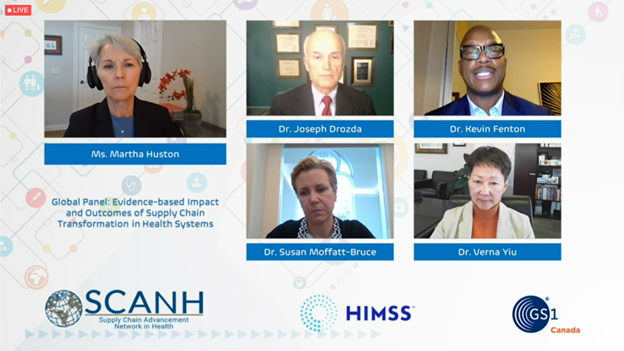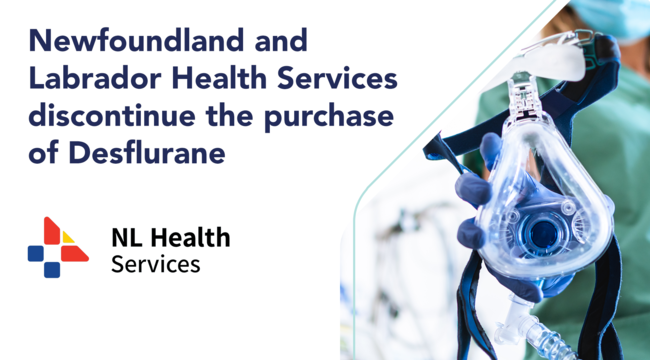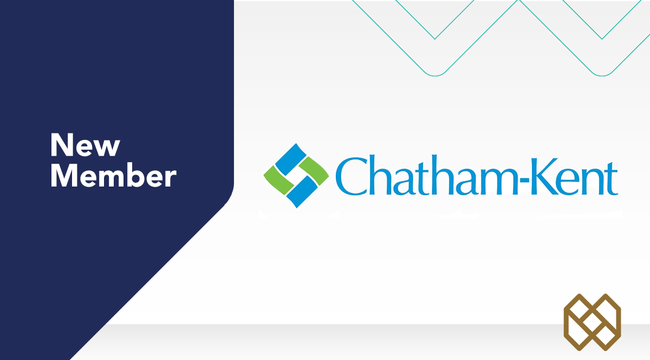HealthPRO Canada News
July 25, 2021
How Alberta cleared the hurdles in the first wave of COVID-19: rigorous planning and strong relationships

The short-lived grace period we were granted after the first frightening months of the pandemic have given way to new levels of fatigue and frustration as Canada finds itself battling an even more devastating second wave. We’re still in the middle of it, but observers are sifting through the debris to figure out where we went wrong – and most important, how we can do better in the months to come.
One organization that is determined to seize this moment to reinforce the message that we need a robust, digitally enabled and clinically integrated supply chain is SCAN Health(Opens in new window). Together with sponsors HIMSS and GS1(Opens in new window), on December 8, 2020 they hosted “The Path Forward: Accelerating Supply Chain Excellence and Safety in Health Systems”. SCAN Health CEO Anne Snowdon(Opens in new window) led off the day saying that if there is a silver lining to this tragic and challenging time, “it’s a validation that the supply chain matters”.
A clear and coherent response
Although the virus is rampant across Canada, Alberta has emerged with a strong response Dr. Verna Yiu, President and CEO of Alberta Health Services (AHS) was one of four panelists looking at the impact and outcomes of supply chain transformations in health systems.
During the first phase of the pandemic, AHS was forced to reduce clinical services and non-urgent surgeries and faced supply challenges like everyone else.
But in her comments Dr. Yiu stressed that rigorous planning and experience with natural disasters helped the province stay a few steps ahead of the virus, especially in Long Term Care: “To put it in perspective, our total hospitalizations since March have been over 1,000 with about 200 in ICU,” she said. “We've had over 1.6 million tests performed and on a per capita basis, we have one of the highest testing rates in the world.” A robust Quality Assurance program in terms of audits was put in place in Long Term Care well before COVID, resulting in over 85% of sites not experiencing any COVID cases.
Here are a few of the ways Dr. Yiu and AHS managed their pandemic response and what they might do differently in the future:
The pandemic wasn’t quite the natural disaster Dr. Yiu said they were expecting – the province’s last disaster was the Ft. McMurray wildfires three years ago – but the planning began well before the pandemic arrived. One of their first moves was looking at lab innovations. “There was no test for COVID and so you had to develop your own recipe through PCR testing,” she said. “We developed that recipe early on in January, and indeed we did get our first case of COVID on March 5.”
Another crucial element of the province’s emergency disaster planning is central coordination – during a crisis every healthcare delivery program, service and area of expertise is routed through the Provincial Coordination Centre. One of the many crucial functions of the Centre is to ensure the province has the right people in the right places.
From the moment the Centre moved into gear in January, they centralized their staffing processes and ramped up staff where needed, notably in Assessment Centres and on Health Link, an 811 call line where they increased staff more than tenfold.
2) Develop strong vendor relationships
In the 11 years of their existence, AHS has made continuous and dramatic improvements to the way they manage contracts, procurement and the supply chain. Improving efficiencies was at the heart of those improvement efforts – leading to $300 million in savings – and so was developing strong relationships with vendors. “Well before the pandemic, we had processes in place,” said Yiu. “In China, for example, we had a team to actually inspect the supplies for quality assurance. Those supplies were then loaded on to charter planes and flown to Alberta with no stops along the way.”
When the pandemic hit, Yiu says having strong relationships with vendors enabled Alberta to submit really large numbers of supply requests.
For Yiu and her leadership team, central coordination with data-informed decision-making was a huge asset in their ability to deal with the pandemic. “In our province of 4.3 million people, I know our exact burn rate for procedural masks is about 33,000 a day,” she said. “At the peak of the pandemic in Alberta, sometime in April, May we actually utilized 760,000 masks a day.”
If she’d had to base her modelling on the pre-COVID numbers, Yiu has no doubt they would not have been able to keep up with the demand. “It’s very important to have real-time data that can inform the work you’re doing, so you can predict weeks and months into the future to make sure you have the right supplies in place.”
During any kind of crisis, people are thirsty for information. “Communication within the organization is critical, and because we’re a provincial organization, a lot of external organizations rely on us for information as well,” Yiu said. In the early days communications went out daily, then three times a week, and are now weekly.
Alberta absorbed the lesson long ago that you never lose focus on workforce during a crisis. “Things are happening quickly, people are tired,” she said. “So we made sure we had the supports in place for frontline workers and for those who could transition to working from home.”
Dr. Yiu’s parting advice to organizations on how to prepare for future pandemics was to put the proper structures in place and streamline decision-making before the disaster hits. She credits her organization for being nimble and adaptive during a tumultuous and difficult time. “Ultimately, dedicating resources to maintaining and enhancing critical functions gets you where you need to be during a time like COVID, which is to be resilient.”


